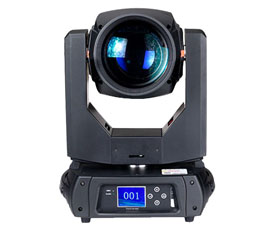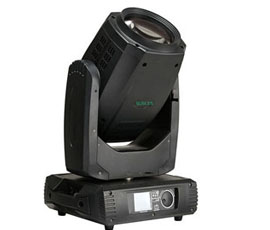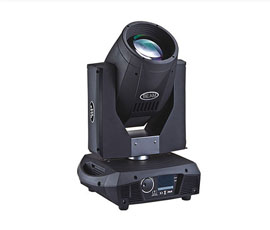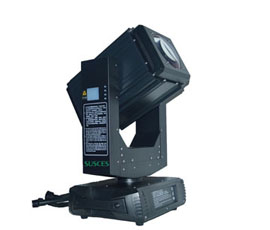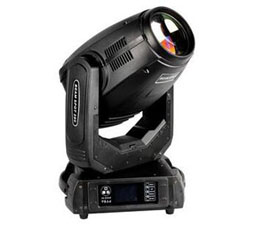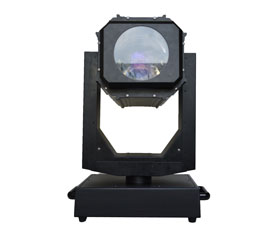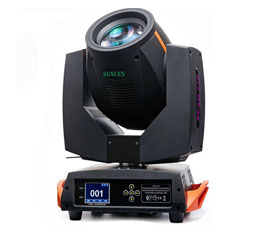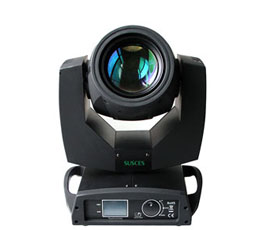
How is the scene produced in the stage show
Set in the stage put into use to go through the design, technical design, organization, and then can be erected on the stage. Set design is the designer through the understanding of the script to create the stage image, the use of models and drawings to express it. Technical supervision of the structure of the decomposition of the drawings to determine the production program. Production staff in accordance with the drawings for the production, according to the designers request and color standard and then surface treatment. In general, the scenery can be roughly divided into: preparation materials, magnification design, structural skeleton, art modeling, surface treatment and image combination of several processes.
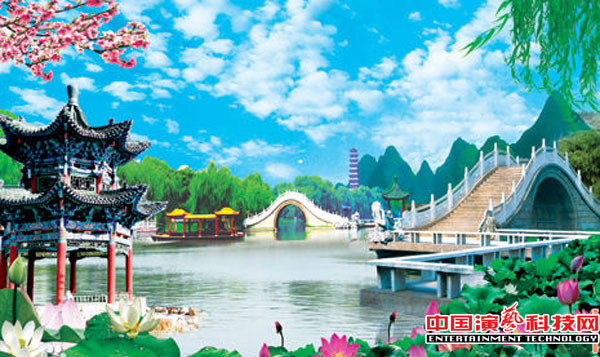
1 Prepare the material
Scene production usually requires four types of materials, namely, structural materials, connecting materials, plastic materials and surface materials. Structural materials mainly include wood, plywood and large core board, and sometimes also use metal materials to produce the skeleton of the structure. The connecting material usually includes latex, construction glue, nail, screw, plywood, cam, cam, and iron and other materials, mainly used to connect the skeleton of the joints and plastic materials with the connection between the skeleton material. Plastic materials are used to shape the sculpture image of the material, usually using polystyrene foam board, barbed wire, grass paper, glass and other materials. Surface material is the outermost layer of the production of materials, the general use of bean cloth, cotton cloth, sack cloth, korea paper, waste newspapers and other paste in the plastic material on the surface, in the case of no plastic molding, plywood or large core board Both as a structural material and sometimes as a surface material.
2 enlarge the pattern
In the scene production site, technical staff or framing workers according to the size and requirements of the drawings on the drawings or on the production of materials on the board to enlarge, commonly known as "magnified." Place the floor on the floor with the same drawing on the drawing, first to determine the baseline, and then according to the size and positioning size to draw the actual size of the pattern. Depending on the size and ease of the image, the lofting needs to be done by two or three people, and sometimes the larger irregular image needs to be done by more than one person. Lofting tools and materials are: drawings, chalk, toner cartridges (or ink cartridges), color strips, tape, box ruler, ruler, tool knives, flat bar and short wood.
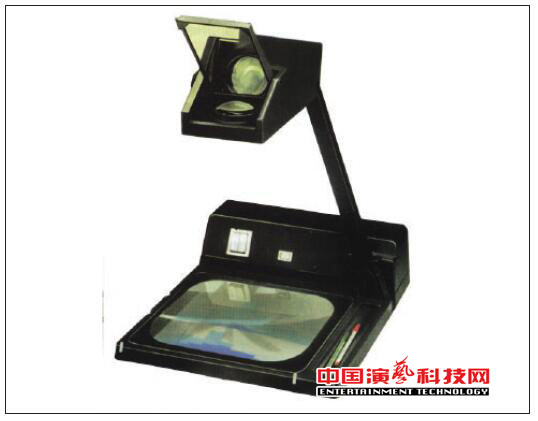
3 set up skeleton
Erection of skeleton is the most critical step in making scenery. The quality of this work will directly affect the future of the scene in the application of the effect, and even affect the safety of the actors. From the use point of view, the stage set can be divided into two types of one-time and repeatability. Disposable scenery is a one-time performance and special set, such a set because there is no need to consider re-use, so the scenery unit as much as possible large, the use of materials as complete as possible, and the material as much as possible without using glue, So that it can be quickly removed after use, and make more materials can be used again. Repeat sets are reserved for the repertoire and the production of the set, such sets of scenes because of repeated use, therefore, the scenery unit to be reasonable to separate, so that when the rational use of space storage, loading easy handling. Material to use adhesive bonding. The connection between the units is to use bolts or other metal components. In general, the production of a one-time scenery should be rough, the structure is simple; repeat the scenery to make some fine, complex structure.
From the nature of the application, the stage set can be divided into practical and decorative two categories. Practical scenery refers to the direct contact with the actors of the set, such as: for the actors to perform or dance platform, the actors to climb the stairs, doors and windows of the switch, as well as actors may impact the wall, such scenery not only have to watch , More importantly, reliability and security.
4 Art modeling
The basic skeleton can be done after the start of artistic modeling. Simple view or platform generally do not need modeling, in the plywood or cotton cloth on the skeleton for surface treatment can be; if the production of the film has a more stringent image requirements, they need to shape on the board. Artistic shapes of various materials, polystyrene board, rope, iron mesh, MDF, plywood, wood, lithopone, etc. are commonly used modeling materials, according to the image characteristics and the use of different materials to shape. For example, to do broken wall or soil slope and other irregular images, you can use polystyrene board or iron mesh to shape; production due to shedding of the wall and exposed brick wall or stone wall effect, you can use lithopone combined with polystyrene board shape. If the production of more rules of the image, such as the corner line, the door window or the fireplace corners of the fireplace, you can use MDF, plywood or wood and other relatively hard texture of the material, such materials produced image angular, more suitable for the regular image The texture requirements.
5 surface treatment
After the completion of the artistic style, the need for the final surface treatment. According to the design requirements of the designer, the surface effect of the treatment methods are also different: some simply brush on the color can be, and some need to do texture effect, and some need to do the same old processing. The processing of the surface effect is generally done by the painting division, they through the color and professional tools to create the desired effect of the designer.
This article excerpts from "Performing Arts" in the third phase of 2012
